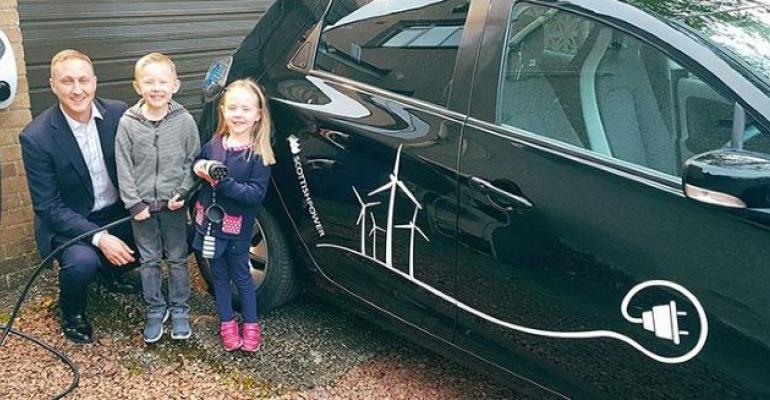Despite a steady stream of bad publicity about insufficient electric charging infrastructure, consumer interest in buying battery-electric vehicles is rising steadily.
According to recent surveys by J.D. Power and Associates and global consulting firm EY (Ernst & Young), as many as half those surveyed say they are interested in buying a BEV for their next set of wheels. The EY study puts interest at 48% among people considering a purchase in the next two years, up from just 29% a year earlier when the same survey was conducted.
Elizabeth Krear, vice president, Electric Vehicle Practice at J.D. Power predicts that BEVs will achieve 27% of auto sales by 2026 based on the planned introduction of more vehicles in the sub-$50,000 price range, more crossovers and SUVs that car buyers prefer hitting showrooms, and improvement in fast-charging infrastructure. Wards Intelligence data shows 6.9% of vehicles sold in the first half of 2023 were BEVs and luxury-priced vehicles accounted for roughly 75% of total sales.
“The single biggest change that will unleash interest by consumers is improved infrastructure,” says Krear, as well as the spread of information and education about that improved charging infrastructure.
That said, public infrastructure is not keeping up with BEV sales growth, which is why investments by the federal government, automakers and states are key to keeping pace with BEV targets being set by the Environmental Protection Agency. That target is that 67% of new vehicles sold in 2032 will be BEVs.
The J.D. Power study showed that 21% of respondents in its most recent survey say they were not able to charge their BEV when they went to a public charger by one of the public networks. Meantime, only 3% of Tesla owners reported not being able to charge during a visit to one of the automaker’s branded charging stations.
Tesla, the J.D. Power study shows, leads all automakers by a wide margin in “charging satisfaction,” but Krear notes that Tesla’s overall performance is dropping because Tesla sales are outrunning the company’s ability to proliferate chargers in the sales areas.
J.D. Power looks at BEV buying intent, as well as charging satisfaction by zip code. Buying intent varies and appears to be somewhat dependent, for now, on the attitude of rural residents and those who lean conservative in politics, as red states trail most blue states.
California respondents top the list for BEV intent-to-buy with 42%, while Texas, a red state, trails that level with 29%. Some 28% of Floridians and 40% of Colorado respondents intend to go BEV. Michigan and New York both notched 33% of respondents intending to buy electric the next time they go shopping.
Michigan and New York, both blue states, have similar issues with lots of urban and apartment dwellers downstate, where public or even garage charging is problematic, and rural and conservative populations upstate where BEV interest is scant.
Home Charging Fears
In the EY study, 57% of respondents nationwide cited the dangers of home charging as a key deterrent to buying a BEV. That fear stems from some news reports about BEV batteries catching fire inside garages attached to single-family homes. Still, that level of fear stated in a survey is somewhat surprising, notes Steve Patton, vice president of EY’s Mobility Sector for The Americas.
Good news for automakers besides the high desire of purchasing a BEV is that 81% of current BEV owners are likely to repurchase another.
The latest EY Mobility Consumer Index (MCI) — a global EY survey of more than 15,000 consumers from 20 countries — reveals that U.S. consumer interest in electric vehicles is at an all-time high. In BEV readiness overall, which takes into account infrastructure development, the U.S. jumped five spots, reaching No. 7. China, Norway and Sweden are in the top three spots.
The EY Mobility Consumer Index answers the most pressing questions around mobility in the U.S. The MCI takes an in-depth look at the tipping point for vehicle electrification, how soon autonomous and shared mobility will take off, and “overarching societal implications,” says Patton, “On the heels of government legislation aimed at mitigating consumer concerns and driving increased collaboration between private and public sectors, this year’s data demonstrates that the U.S. is at a true precipice when it comes to mainstream EV adoption.”





